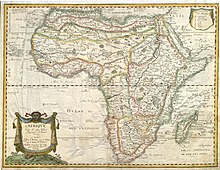.mw-parser-output .hidden-begin{box-sizing:border-box;width:100%;padding:5px;border:none;font-size:95%}.mw-parser-output .hidden-title{font-weight:bold;line-height:1.6;text-align:left}.mw-parser-output .hidden-content{text-align:left}You can help expand this article with text translated from the corresponding article in French. (January 2012) Click [show] for important translation instructions.
View a machine-translated version of the French article.
Machine translation, like DeepL or Google Translate, is a useful starting point for translations, but translators must revise errors as necessary and confirm that the translation is accurate, rather than simply copy-pasting machine-translated text into the English Wikipedia.
Consider adding a topic to this template: there are already 6,027 articles in the main category, and specifying|topic= will aid in categorization.
Do not translate text that appears unreliable or low-quality. If possible, verify the text with references provided in the foreign-language article.
You must provide copyright attribution in the edit summary accompanying your translation by providing an interlanguage link to the source of your translation. A model attribution edit summary is Content in this edit is translated from the existing French Wikipedia article at [[:fr:Pierre Duval]]; see its history for attribution.
You should also add the template ((Translated|fr|Pierre Duval)) to the talk page.
For more guidance, see Wikipedia:Translation.

Pierre Duval (1618–1683) was a French geographer.
Pierre Duval was born in Abbeville. He was the nephew and pupil of the geographer Nicolas Sanson. Encouraged by Louis XIV to move to Paris, he later became Geographe Ordinaire du Roy.[1]